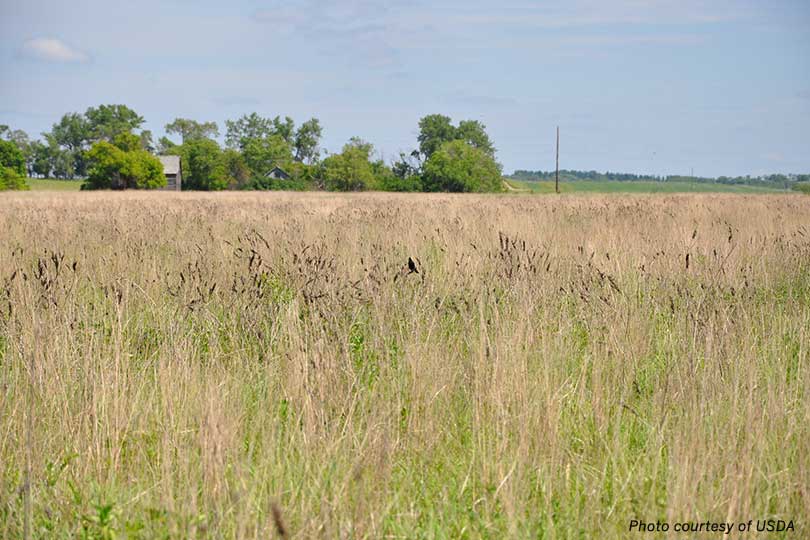There is growing concern about the manner in which land will be transferred to the next generation of farm operators. About a third of principal farm operators in 2014 were at least 65, according to the U.S. Department of Agriculture (USDA).
Farmland owners planned to transfer 10 percent of all farmland or 93 million acres in the next five years. Landowners anticipate selling 3.8 percent of all farmland, with just 2.3 percent planned to be sold to non-relatives. A larger share of land, 6.5 percent, is expected to be transferred through trusts, gifts and wills.
USDA has made efforts to change to its Conservation Reserve Program (CRP) contracts to make it easier to transfer land to the next generation of farmers and ranchers.
Beginning Jan. 9, 2017, the agency will offer an early termination opportunity for certain CRP contracts. The land that is eligible for the early termination is among the least environmentally sensitive land enrolled in CRP.
The Land Tenure Advisory Subcommittee formed by Agriculture Secretary Tom Vilsack in 2015 implemented this change to the CRP program. The subcommittee was asked to identify ways the department could use or modify its programs, regulations and practices to address the challenges of beginning farmers and ranchers in their access to land, capital and technical assistance.
“The average age of principal farm operators is 58,” Agricultural Deputy Under Secretary Lanon Baccam said in a statement. “So, land tenure, succession and estate planning and access to land is an increasingly important issue for the future of agriculture and a priority for USDA. Access to land remains the biggest barrier for beginning farmers and ranchers. This announcement is part of our efforts to address some of the challenges with transitioning land to beginning farmers.”
The land that is eligible to be terminated from the program with little impact on the overall conservation efforts will be identified by USDA technical teams, according to Baccam.
Previously, if a landowner terminates a CRP contract early, they are required to repay all previous payments plus interest. The revised policy waives this repayment if the land is transferred to a beginning farmer or rancher through a sale or lease with an option to buy.
The early termination will also allow USDA to enroll other land with higher conservation value elsewhere, with CRP enrollment close to the congressionally-mandated cap of 24 million acres.
“Starting the next generation of farmers and ranchers out with conservation and stewardship in mind is another important part of this announcement,” Baccam said. “The land coming out of CRP will have priority enrollment opportunities with USDA’s working lands conservation programs through cooperation between the Farm Service Agency and the Natural Resources Conservation Service.”
Acres terminated early from CRP under these land tenure provisions will be eligible for priority enrollment consideration into the CRP Grasslands, if eligible; or the Conservation Stewardship Program or Environmental Quality Incentives Program, as determined by Natural Resources Conservation Service.

